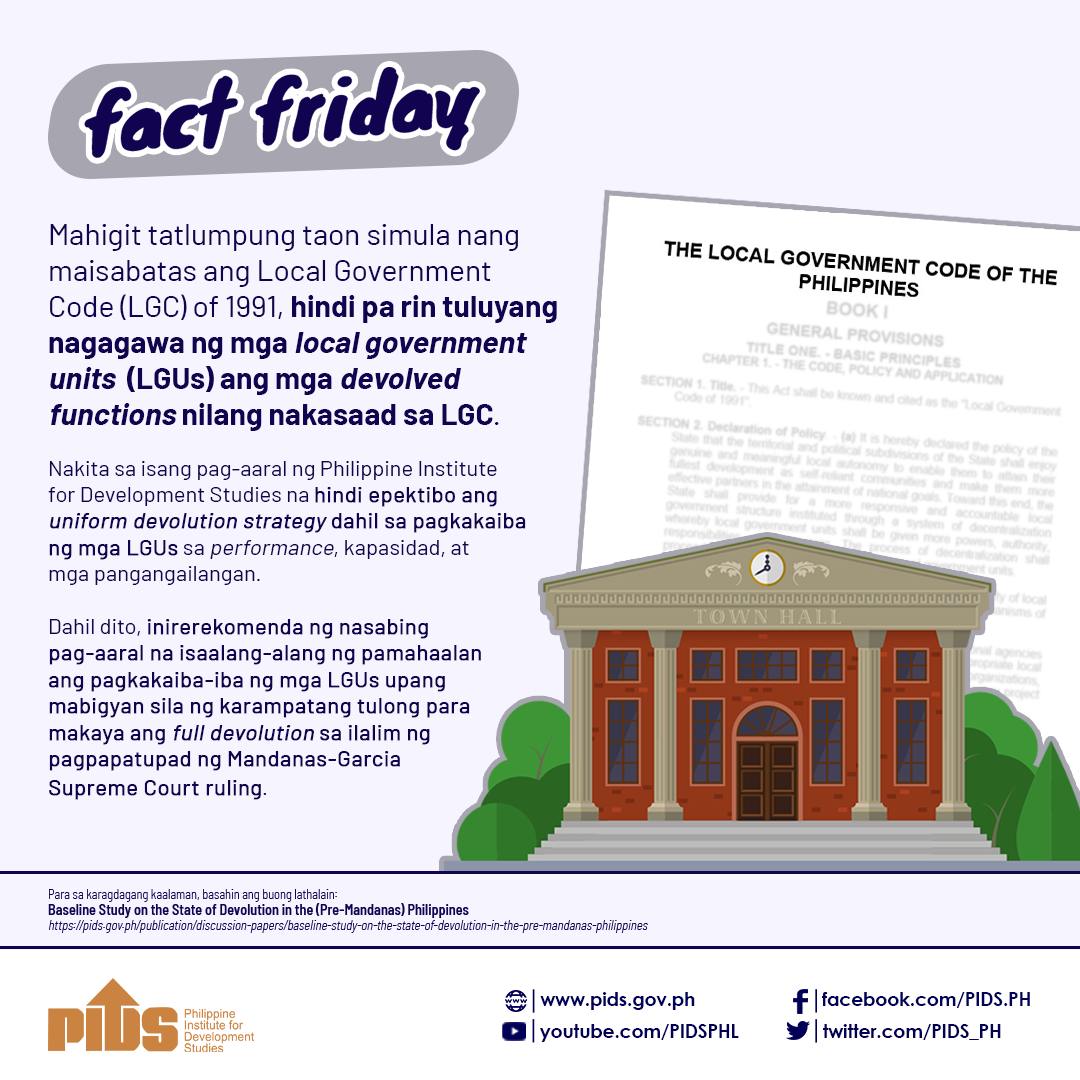The implementation of Pantawid Pamilyang Pilipino Program (4Ps) remain on track in achieving its objective of improving the health, nutrition, and education of its beneficiaries, according to the 2014 impact evaluation of the country’s conditional cash transfer program.
Philippine Institute for Development Studies (PIDS) senior researcher Dr. Aniceto Orbeta explained that the evaluation results show that "Pantawid Pamilya is making progress as expected to convert public investments into desired societal results.”
"By extending aid from womb to school, the program keeps children healthy and in school,” Orbeta said.
The World Bank-funded evaluation is based on a nationally representative sample and covers Set 1 to Set 4 Pantawid Pamilya areas, which were introduced into the program between 2008 and 2011.
The beneficiary households in the sample areas have been exposed to the program for two to four years at the time of data collection from October to December 2013.
The sample includes 5,041 households from 30 municipalities in 26 provinces.
World Bank Country Director Motoo Konishi has commended the 4Ps for the positive results.
"This latest evaluation tells us that the program is delivering results that clearly benefit the poor and the most vulnerable. The World Bank, together with other development partners, supports Pantawid Pamilya because it is well-targeted and a direct way of helping poor households meet their basic needs while improving their human capital, meaning that their children stay in school and become healthier,” Konishi said.
Improved healthcare services
The impact evaluation also showed that the 4Ps beneficiaries, particularly the mothers and their children, have better access to maternal care and basic health services.
It also found that there were more 4Ps mothers delivered in health facilities in the past five years, with seven in 10 live births among Pantawid Pamilya mothers compared to 5.5 in 10 births among non-beneficiary mothers.
Furthermore, child-beneficiaries have access to basic health services, such as vitamin and mineral supplementation that are vital to improving health outcomes.
Eighty-six percent of Pantawid Pamilya children aged six months to six years old received vitamin A supplementation compared to 73 percent among non-beneficiaries.
Thirty-five percent of child-beneficiaries receive iron supplementation compared to 23 percent non-beneficiaries.//












